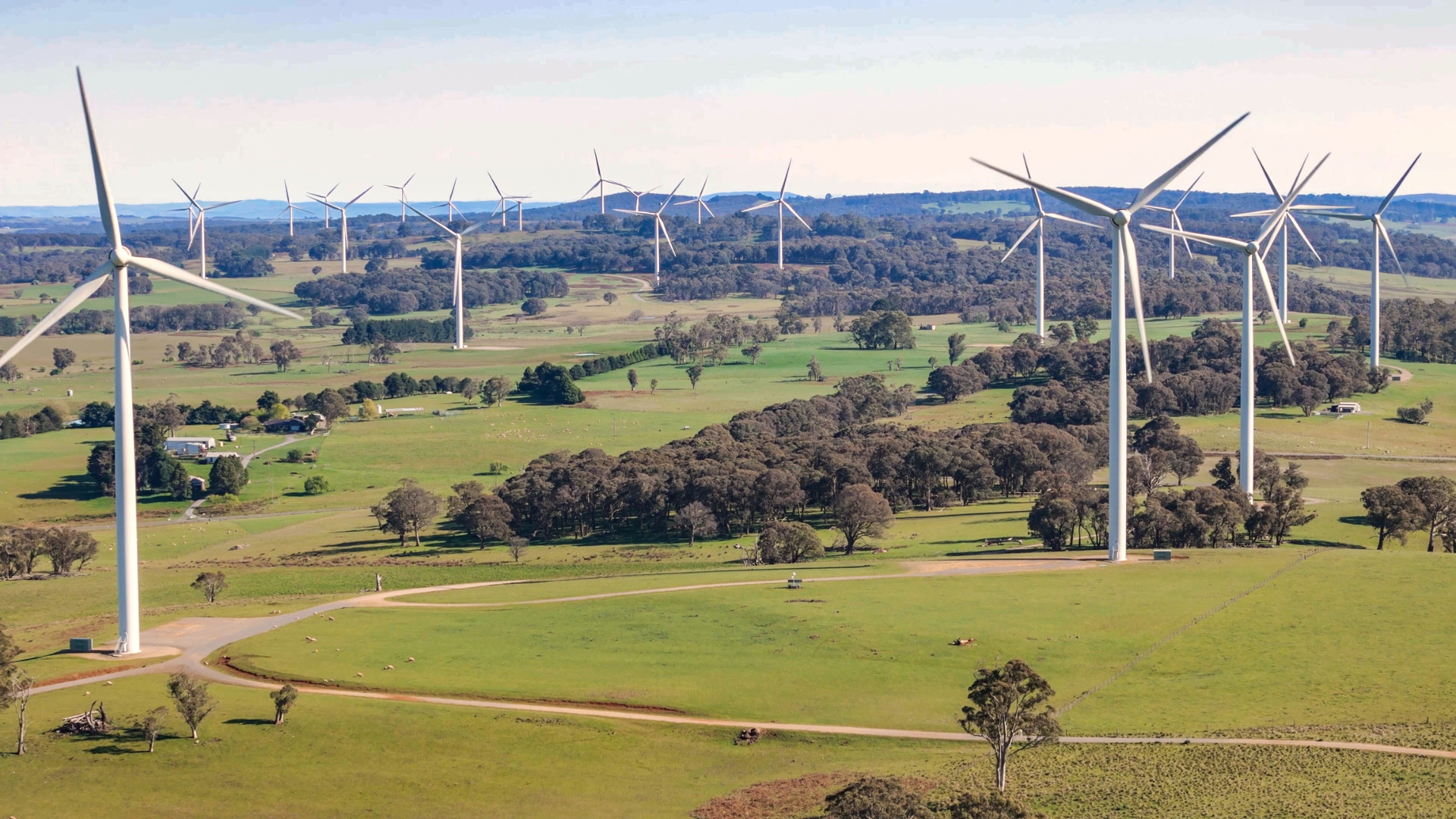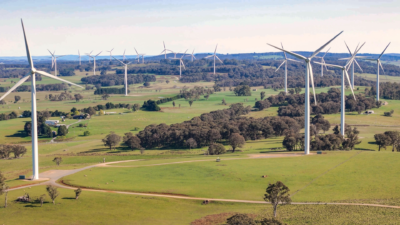Super funds ‘neglecting’ forestry: Atchison Consultants
The stable, regular returns of forestry – and the outperformance of its index relative to the Your Future Your Super (YFYS) property benchmark – make it a fine addition to super fund portfolios, according to a new research paper from Atchison Consultants, but forestry has been “neglected” by funds.
“Although forestry is illiquid by nature, requiring long-term planting, nurturing, and harvesting spanning many years, that timeframe can be accommodated by funds that have the capacity to measure investments over decades, not years,” said Kevin Toohey, principal at Atchison Consulting.
The paper, commissioned by UK-based alts manager Gresham House, found that forestry is more correlated to property than infrastructure owing to its ownership structure, use patterns, and lifecycle and depreciation. But while it’s similar to property, its index – the US NCREIF Timberland Property Index – outperformed the YFYS property benchmark (MSCI/Mercer Australian Core Wholesale Monthly Property Fund Index Net Total Return Module) over the last five years.
“It offers income generation opportunities, can benefit from capital appreciation, offers an inflation hedge and provides asset diversification by often exhibiting a low correlation with traditional asset classes such as stocks and bonds, thereby mitigating overall portfolio risk,” Toohey said. “Investment in timber can have significant environmental implications, with responsible timber practices contributing to sustainable development and carbon sequestration.”
Over a 16-year period, the YFYS property index outperformed the NCREIF though the NCREIF was more resilient during periods of extreme market upheaval, including the GFC, where it “outperformed strongly”. It also outperformed during periods of low supply and high demand for timber, including in 2007, 2012-2014, 2021 and 2022, and has a superior risk/return aspect with a Sharpe ratio of 1.31 vs the YFYS benchmark at 1.21.
“Forestry has outperformed mainstream asset classes over the last four decades on a risk-adjusted basis, driven by increases in land values and timber prices as well as an investor base demanding sustainability,” said Dave Gardner, forestry CIO at Gresham House.











